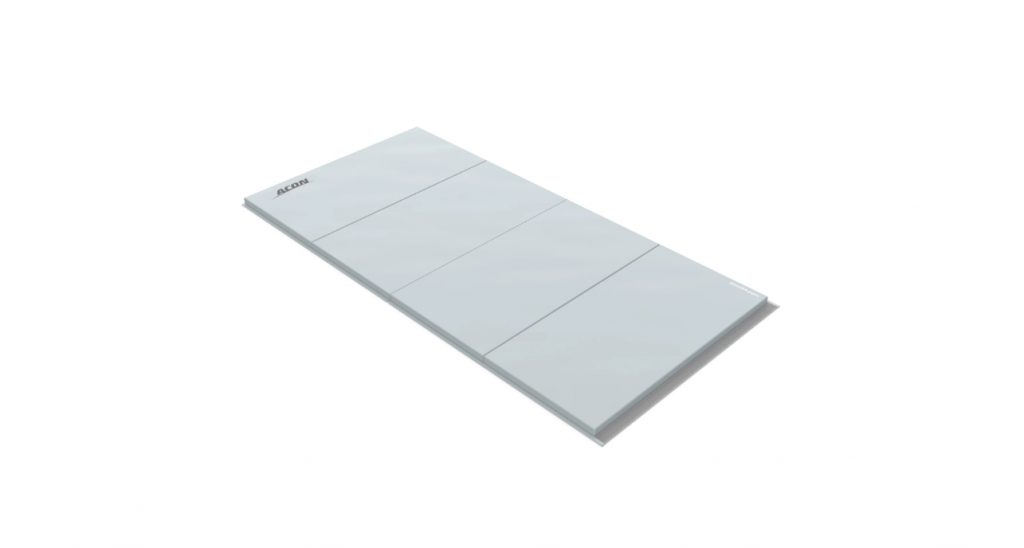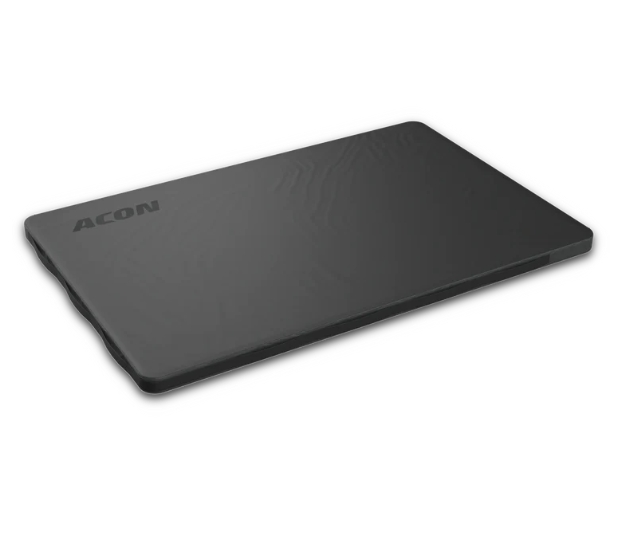Top 10 Most Asked Questions about Gymnastics Mats
Long, short, thick, thin. Minimalistic, bright, square, round. Gymnastics mats come in all shapes and sizes! That is exactly why you may need several gymnastics mats for home (especially if you are serious about gymnastics). Various mats have slightly different purposes. Furthermore, you can combine and benefit from having various mats when practicing complex gymnastics sets.
Below, we’ve listed the questions that get most asked regarding gymnastics mats. Read the Q’s and A’s to know more about the topic!
1. Which gymnastics mat is the best?
Oh boy, what a question! I think you already know the answer to this. The best gymnastics mat varies depending on numerous factors. What’s your skill level? How about training needs? Budget may also come into play unless money isn’t an object. Some enjoy the thickness and customization of the bounce that Airtracks give while others prefer to use simple, old-school mats. Some may even need a mat for spotting.
TL;DR: the best mat is the one that suits your needs! Write them on a piece of paper and start comparing the options.
2. Can gymnastics mats get wet?
Like with the previous Q&A, it depends. Yet, usually gymnastics mats are fine with getting some water on the mat especially if it is wiped off quickly. Some models, like Airtracks, can be used as a pool float (however, please follow manufacturer’s recommendation). However, do not leave mats wet for a long time as excessive water may damage the materials and in rare cases lead to mold or mildew growth.

3. How to clean gymnastics mats?
Here are the steps to cleaning gymnastics mats:
- Get any dust and debris off of the mat.
- Check if the stain can be cleaned with water only first. If yes, clean and dry right after.
- If water doesn’t help, use a mild detergent or soap. Use a soft cloth to wipe the stain off. Avoid rubbing too hard. Dry right after.
- Let the mat air dry before use.
- If the stain persists, contact the manufacturer to ask for more tips.
4. How much does a gymnastics mat cost?
Yeah, you know the drill. You can pay a mere $50 by getting a used one or you can pay hundreds or even thousands of dollars for it. The price depends on the quality of the materials, the size, shape and how much it costs to manufacture it. Other things, such as brand reputation and marketing add to costs. To see reasonable prices in terms of high quality gymnastics mats for home, you may visit ACON’s online store or simply do a google search.
5. What types of gymnastics mats there are?
Gymnastics mats can be divided into two types: inflatable and non-inflatable mats. To categorize further, there are:
- Folding mats: easy storage and portability. Most regular gymnastics mats are of this type
- Crash mats: absorbing impact
- Spotting mats: used for marking and mastering individual skills
- Airtracks: inflatable mats suitable for various use
6. What are gymnastics mats made out of?
While the materials may vary, gymnastics mats are commonly made of foam and PVC materials as they are resistant to tearing.
7. How thick should a gymnastics mat be?
Depends on what you like! Most common mats are approximately 1.5-2 inches. Some mats, like Airtracks, are thicker. You may also need thin mats to be added as an additional layer over another gymnastics equipment or use it independently.

8. What kind of mat is good for gymnastics at home?
Many prefer foldable and portable mats for home use. Foldable mats can be stored easily when not in use. Portable mats include foldable mats as well as inflatable mats since they can be deflated after use.
9. How do Airtracks differ from other gymnastics mats?
“Airtracks differ from other gymnastics mats in that they are inflatable and offer more bounce. They are made from durable materials that can withstand high impact and provide a surface similar to a trampoline. Airtracks are popular for advanced tumbling exercises, as they allow gymnasts to practice complex moves with reduced impact on their joints.”
Airtracks can be used for similar purposes as regular gymnastics mats can be. However, here are the three main differences between these two types of mats:
- Bounce: gymnastics mats are not very bouncy. While they do offer cushioning for successful and unsuccessful landings, you cannot get much air for your moves.
- Customization: due to their inflatability, you can adjust the bounce and the overall feel of the mat. Want a hard mat? Add air to the mat. Prefer a softer feel? Release some air.
- Multi-purpose: Unlike gymnastics mats, Airtracks are easy to use for various purposes. Most common non-gymnastics related Airtrack activities are related to swimming and water. Use it as a floating mat during hot summer days!
10. How to choose a gymnastics mat?
Choosing a gymnastics mat shouldn’t be too difficult once you’ve defined its intended use. Consider the following:
- Size and shape
- Thickness
- Inflatability
- Materials
- Warranty
- Budget
Once you’ve found a few that float your boat, take a bit of time to read and compare reviews to find out which one’s better for you. If you go to gymnastics classes, you can also ask tips from your coach.
Got questions? Let us know.
Didn’t get an answer to your gymnastics mat related questions or you want us to investigate another topic? Drop us a message and we may see whether we can find an answer to your inquiry.
